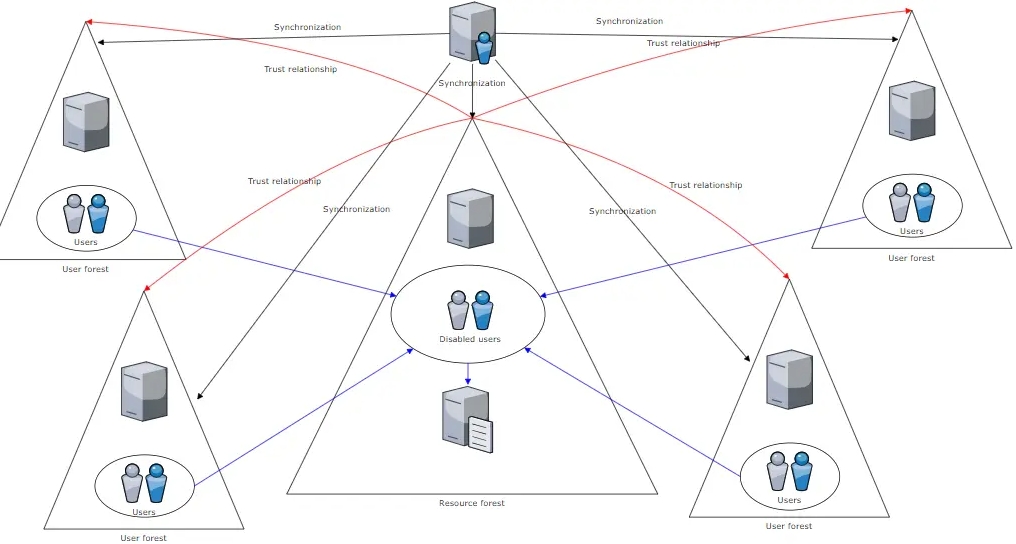
I. Understanding the nature of DDoS attacks

Step 1: Network ecosystems in a normal state
When the business system is in a healthy state:
- Flow characteristics: Regular fluctuations in line with business modelling (weekday peaks, promotional spikes, etc.)
- Protocol Interaction: TCP three handshakes complete, HTTP request response time <200ms
- Depletion of resources: CPU utilisation 30%-60%, memory usage stable below the warning line
- typical case: An e-commerce platform processed 120,000 legitimate requests per second during the Double 11 period
skill::
Normal traffic = operational baseline ± 20% fluctuation
Abnormal determination condition: exceeding the baseline value of 300% for 5 consecutive minutes and not in line with business characteristics
II. DDoS attack alerts
Step 2: Six Signs of an Attack Beginning
- network layer anomaly (computing)::
- Bandwidth utilisation 100% lasts over 5 minutes
- Router CPU usage >95%
- Frequent BGP session interruptions
- application layer exception::
- HTTP 503 error rate spikes
- SSL handshake failure rate exceeds 60%
- API Response Time Breaks the 5 Second Threshold
Matrix of attack types::
| attack level | Type of representation | eigenflow |
|---|---|---|
| Network layer (L3) | SYN Flood | Half-open connections >100,000/sec |
| Transport layer (L4) | UDP reflection attack | Response packets are 500 times larger than request packets |
| Application layer (L7) | HTTP slow attack | Individual connections last 30 minutes + |
III. Operational defence

Step 3: Path to technical realisation of the VAC solution
First Line of Defence: Intelligent Traffic Classification
def traffic_classification(packet): if packet.ttl 1400.
if packet.ttl 1400.
return "suspected anomaly"
elif tcp_flags_analysis(packet) == "Unconventional Combination".
return "High risk traffic"
else.
return "Entering behavioural analysis layer"
Core Functional Modules::
- protocol stack fingerprinting
- Accuracy: 99.7% (based on 10 million samples training)
- Recognition speed: <0.3ms/packet
- Dynamic Rate Limiting Algorithm
RateLimit = Baseline × (1 + 0.2 × sin(2πt/86400)) + AttackCoefficient × ΔTraffic
- Business Imaging System
- Learning Cycle: 72 hours to build accurate models
- Feature dimension: 218 business metrics to monitor
Comparison of measured data::
| norm | Traditional programmes | 08Host-VAC |
|---|---|---|
| Attack recognition time | 8-15 minutes | 11 seconds. |
| false positive rate | 2.1% | 0.17% |
| Cleaning costs | $0.12/GB | $0.07/GB |
IV. End of the attack
Step 4: Key actions after the attack
- Digital forensic analysis
- Heat map of geographic distribution of attack source IPs
- Attack message signature fingerprint database update
- Business impact assessment report generation
- Defence strategy optimisation
- Dynamically adjusting rules: updating ACLs based on machine learning results
- Resource elasticity scaling: automatic recycling of cleaning nodes saves costs
- Security Hardening Recommendations
- CDN node expansion from 12 to 32 (recommended configuration)
- Source station IP replacement cycle reduced to 72 hours
- Enabling BGP Anycast Architecture
Five,Enterprise Protection Solution Selection Guide
08Host-VAC Core Advantages::
- Intelligent Learning System: Operational adaptation time < 3 hours
- Hybrid Protection ArchitectureSimultaneous support for 5Gbps-3Tbps attack defence
- SLA Guarantee: 99.99% availability + 5-minute response commitment
Deployment recommendations::
- SMEs: Hybrid Deployment of Cloud Cleaning + Local Protection
- Financial Grade Customers: Multi-Availability Redundant Architecture + Private Stacks
- Gaming Industry: Dedicated Gaming Protocol Protection Module
>>> Click on Access Defence Now <<<

